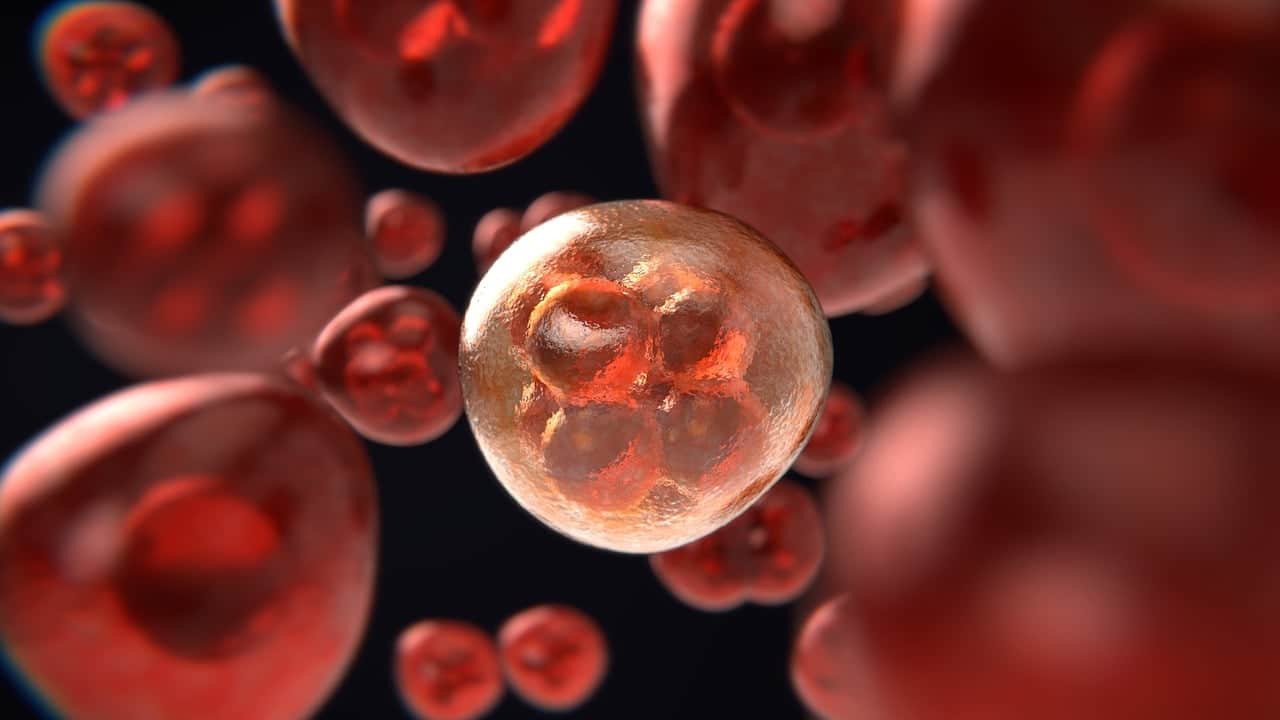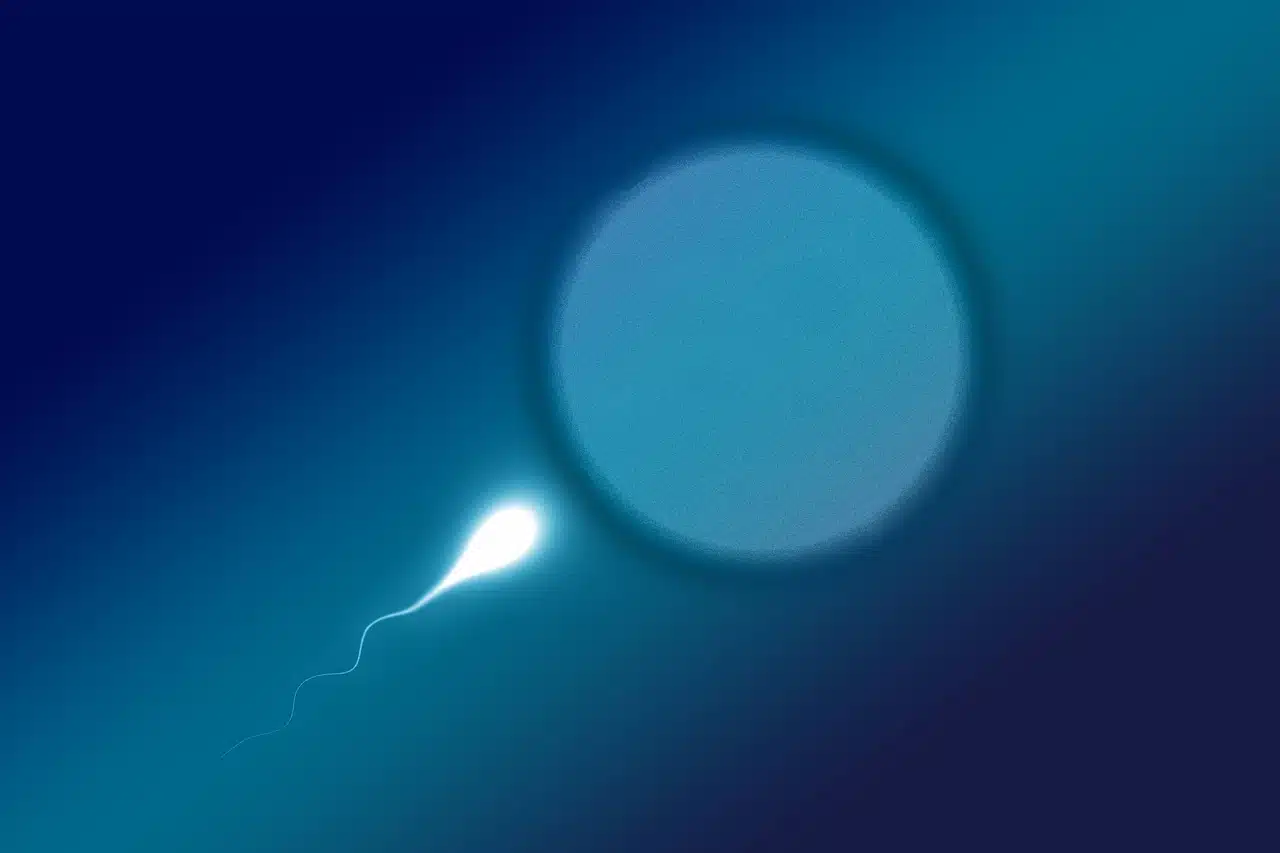
With sexual reproduction, genetic inheritance is transmitted thanks to meiosis.
Sexual reproduction is the generation of a new organism by combining the genetic material of two individuals . To be carried out, a complex process develops that begins with meiosis .
This type of reproduction is accomplished by eukaryotic organisms . Animals and plants, therefore, reproduce in this way.
Meiosis in sexual reproduction
Meiosis in sexual reproduction is essential. This form of cell division takes place in the gonads , which are the organs that produce sexual cells or gametes .
With meiosis, a diploid cell (which has two sets of chromosomes) records two consecutive divisions, giving rise to four haploid cells (with a single set of chromosomes each). It is important to indicate that meiosis involves two cell divisions: meiosis I and meiosis II , in which the phases called prophase , metaphase , anaphase and telophase can be distinguished.
The gametes
Gametes arise from germ cell meiosis. These are haploid cells that have genetic material that is passed from one generation to the next; that is, from parents to descendants.
If we focus on human beings, a species that procreates through sexual reproduction, male gametes (the sperm produced in the testicles ) and female gametes (the eggs produced in the ovaries ) are required. The fusion of these gametes enables the formation of the zygote , also known as zygote , egg or zygote .

The formation of gametes that are involved in sexual reproduction is known as gametogenesis.
Humans and sexual reproduction
Sexual reproduction in human beings, therefore, requires the fusion of a sperm (provided by the man) and an egg (given by the woman). This union is called fertilization . This is how the zygote arises, which has a genome (complete DNA sequence) from the two parents.
In people, the natural method to achieve pregnancy that then leads to the birth of a new being is copulation . The reproductive organs of both sexes are prepared so that, when individuals reach sexual maturity , internal fertilization occurs in the woman.
The male reproductive system, in this framework, is capable of producing semen , a fluid that contains sperm. The female reproductive system, meanwhile, generates eggs and protects the offspring from its emergence until birth .
In copulation, the man inserts his erect penis into the woman's vagina and, with orgasm, expels semen (known as ejaculation ). The semen enters the vagina and reaches the fallopian tubes or uterus so that the sperm can fertilize the egg. If fertilization and implantation occur successfully, the uterus houses the gestation fetus for nine months until the birth of the baby, which is delivered through the vagina or removed through a surgical procedure known as a cesarean section .

The capacity for sexual reproduction arises from puberty.
infertility
When a human being, an animal or a plant cannot complete sexual reproduction through the natural procedure, we speak of infertility or sterility . In people, it is declared if a couple fails to bring the pregnancy to term or fails to conceive through copulation after a year of maintaining regular sexual relations without resorting to birth control methods such as condoms , the pill. contraceptive or the IUD (intrauterine device) .
Faced with this situation, the couple can resort to assisted reproduction . This concept refers to procedures and techniques that replace or facilitate natural fertilization processes.
Among the resources that can be used is artificial insemination . In this task, specific instruments are used to implant sperm into the woman's fallopian tubes, cervix or uterus.
Another possibility is to opt for IVF (in vitro fertilization) . In this case, fertilization takes place outside the woman's body and then the zygote is transferred to the uterus.
It should be noted that family planning is mentioned as the series of practices that a couple carries out with the aim of having, or not, offspring. It may include the use of contraception methods, the use of assisted reproduction techniques or the performance of an induced abortion (the voluntary interruption of pregnancy, an action that is illegal under the regulatory framework of many countries).
Sexual reproduction of plants
The sexual reproduction of plants, just as it happens in people and animals, requires the fusion of a male gamete and a female gamete. In plants, the male sexual organs are the stamens , while the female sexual organs are the stigmata .
The union of gametes can occur thanks to the intervention of wind, insects or other vectors. These agents make pollination possible, which involves the transfer of pollen (containing a male gametophyte) from the stamen to the stigma. There the fertilization of the ovules of the flower takes place, with a zygote that combines the genetic characteristics of the parents and which ends up giving rise to the seed .
The process that goes from the formation of the embryo to the emergence of the plant is known as germination . For it to be carried out, certain temperature conditions, the availability of water and other factors are needed.
It should be taken into account that reproduction in plants can be carried out in other ways, both sexually and through asexual reproduction .
